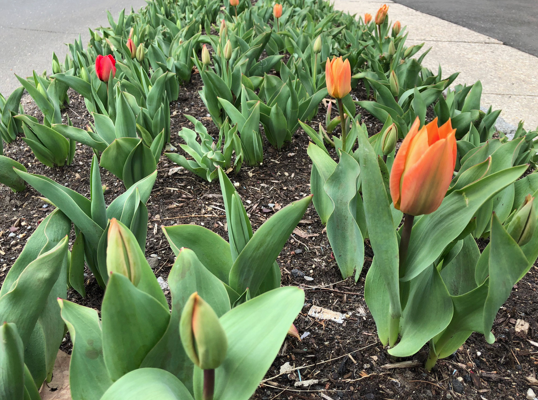Just when we thought spring was finally here, freakish weather hit everyone’s favorite flower and brought with it a late leaf-out of landscape trees and shrubs.
While the damage can be upsetting, all is not lost. In many cases, replacing or pruning out dead or injured plant material is the best course of action, especially if the plants or stems have died back.
If your landscape has experienced late winter trauma, we recommend:
- Spread nutrient-dense mulch around plants to hold warmth in the soil and protect roots.
- Assess and prune damaged plants once there is no longer a risk of frost.
- Aerate lawns, sod or seed bare spots.
- Set up lawn and plant health care program.
- Clean up and divide perennial foliage, and thin roots.
- Prune shrubs damaged by frost before any new growth appears.
Clean up left over leaves and debris from winter storms to keep landscape free of pathogens, mold and decomposed material. - Cut back ornamental grasses to prep for spring growth.
- Apply pre-emergent herbicide to beds when temps warm and before seeds germinate.
- Spray susceptible trees and shrubs with non-toxic products to prevent disease and infestation.
- Assess drainage problems and look for potential ground water issues and fix.
- Run sprinkler systems to adjust for optimum coverage and inspect for leaks.
- Check sprinkler heads for damage by weather, equipment, or burrowing animals.
- Repair broken outdoor lighting that took abuse in the winter.
- Upgrade outdoor outlets with safety devices.
- Upgrade obsolete irrigation systems with automatic, Wi-Fi controlled systems and to comply with local water restrictions.
ELM’s customer support team cares deeply about the success of your landscape and is at the forefront of making sure your spring starts off on the right foot.
If you have any questions about the health and well-being of your landscape, contact ELM operations vice president

